According to the Department of Agriculture and Environment, the circulation of storms No. 9 and No. 10 that occurred consecutively from September 25 until now has slowed down the progress of the winter-spring rice harvest, affecting crop yields.
As of October 3, the whole province had more than 3,100 hectares of crops affected, of which 2,800 hectares of rice, corn, peanuts, and vegetables were affected, the rest were fruit trees (oranges, grapefruits, apples, etc.). At the same time, the rain and floods also created favorable conditions for a number of harmful organisms to arise.
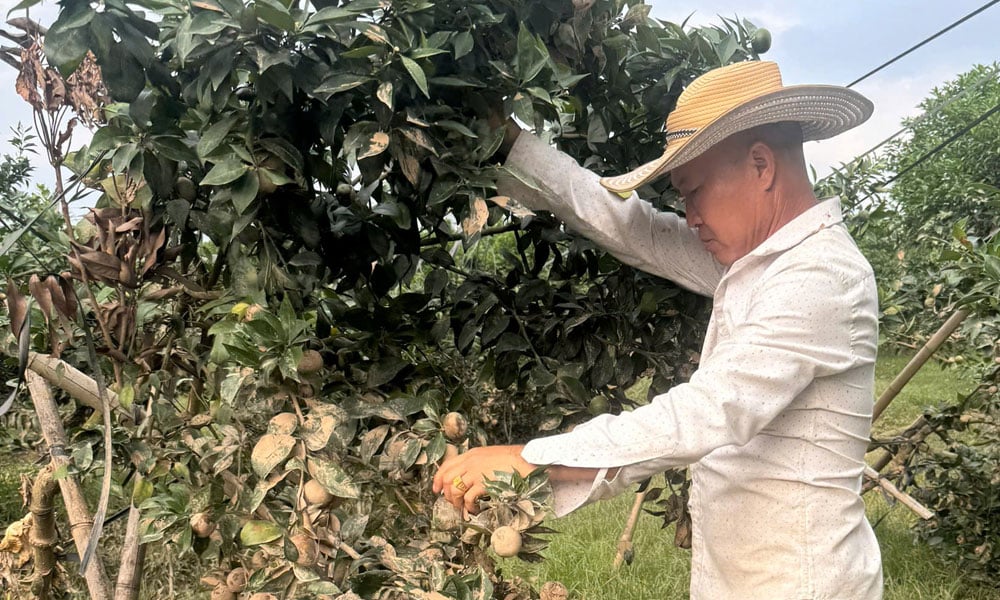 |
People of Phuong Son ward take care of orange gardens after the flood recedes. |
To achieve high results in the 2025 crop production, the Department of Agriculture and Environment recommends that people focus on taking care of flooded areas that can recover and quickly drain water; increase the application of fertilizers that stimulate root and leaf growth (superphosphate, foliar micronutrient fertilizers, etc.). Note that nitrogen fertilizers should only be applied after the plants have recovered and grown new leaves.
For heavily damaged areas that are difficult to recover, it is necessary to clean the fields and switch to growing vegetables suitable to seasonal conditions, market demand and winter crop planting plans.
Regularly check the fields, detect early and prevent harmful organisms promptly and effectively, in which special attention should be paid to preventing bacterial stripe disease and leaf blight, especially for rice areas affected by storms and storms and susceptible varieties (such as quality rice, hybrid rice). Closely monitor the development of leaf rollers, stem borers, planthoppers, etc. to prevent and control them according to the instructions of specialized agencies in cultivation and plant protection.
For vegetable production, farmers actively hoe and weed, combine with additional phosphate and NPK fertilizers, etc.; promptly prevent and control pests and diseases (root rot, wilt, anthracnose, downy mildew) so that crops can grow and develop well.
Speed up the harvesting process in fields that are ready for harvest or harvest heavily damaged fields, combining sanitation and clearing up debris. Proactively prepare soil, seeds, and materials in sufficient quantity and quality to implement the 2025-2026 winter crop production to ensure the set plan.
For fruit trees, areas affected by storms and rains need to be urgently drained and the garden cleaned; water is pumped and sprayed with safe products to wash away mud and dirt, eliminating fungal spores on the trunk and leaves; lightly hoe and break the surface layer of soil (in the canopy area) to help the soil breathe; use organic and microbial fertilizers (limit the use of chemical fertilizers, do not use nitrogen fertilizers) to help the roots regenerate quickly and the tree recovers well.
For orchards in the fruit development stage such as oranges, grapefruits, etc., it is necessary to focus on pruning fruit clusters to suit the tree's strength, applying balanced NPK fertilizer to nourish the fruit, and spraying additional foliar fertilizer containing micronutrients (Fe, Bo, Ca, Cu, B, Zn, etc.) to avoid cracking and fruit drop.
Forecasting that the weather and pests from now until the end of the season will continue to be complicated, the Department of Agriculture and Environment recommends that localities direct specialized agencies to closely monitor the situation to provide timely and effective guidance and direction for production.
Source: https://baobacninhtv.vn/bac-ninh-tap-trung-khoi-phuc-san-xuat-cham-soc-cay-trong-sau-mua-lu-postid428022.bbg



![[Photo] Prime Minister Pham Minh Chinh chairs the 15th meeting of the Central Emulation and Reward Council](/_next/image?url=https%3A%2F%2Fvphoto.vietnam.vn%2Fthumb%2F1200x675%2Fvietnam%2Fresource%2FIMAGE%2F2025%2F11%2F27%2F1764245150205_dsc-1922-jpg.webp&w=3840&q=75)



![[Photo] President Luong Cuong attends the 50th Anniversary of Laos National Day](/_next/image?url=https%3A%2F%2Fvphoto.vietnam.vn%2Fthumb%2F1200x675%2Fvietnam%2Fresource%2FIMAGE%2F2025%2F11%2F27%2F1764225638930_ndo_br_1-jpg.webp&w=3840&q=75)







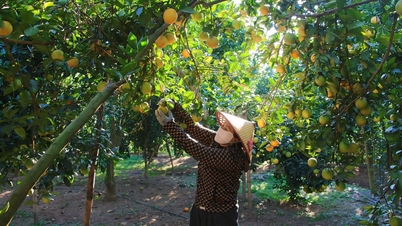
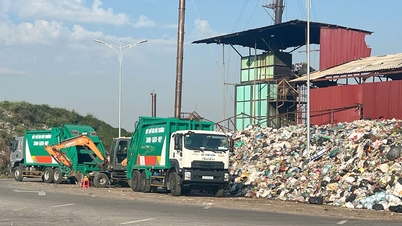




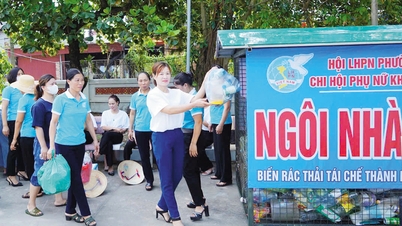














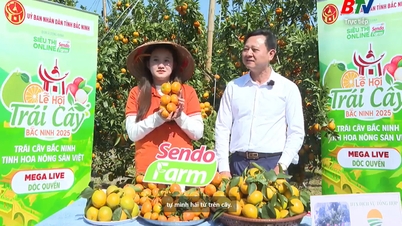












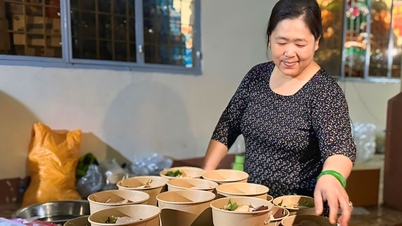






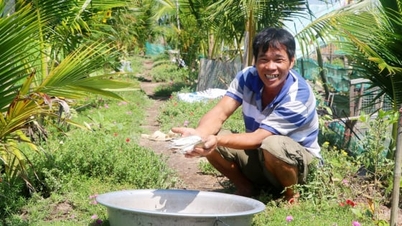









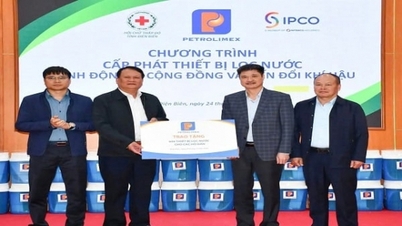


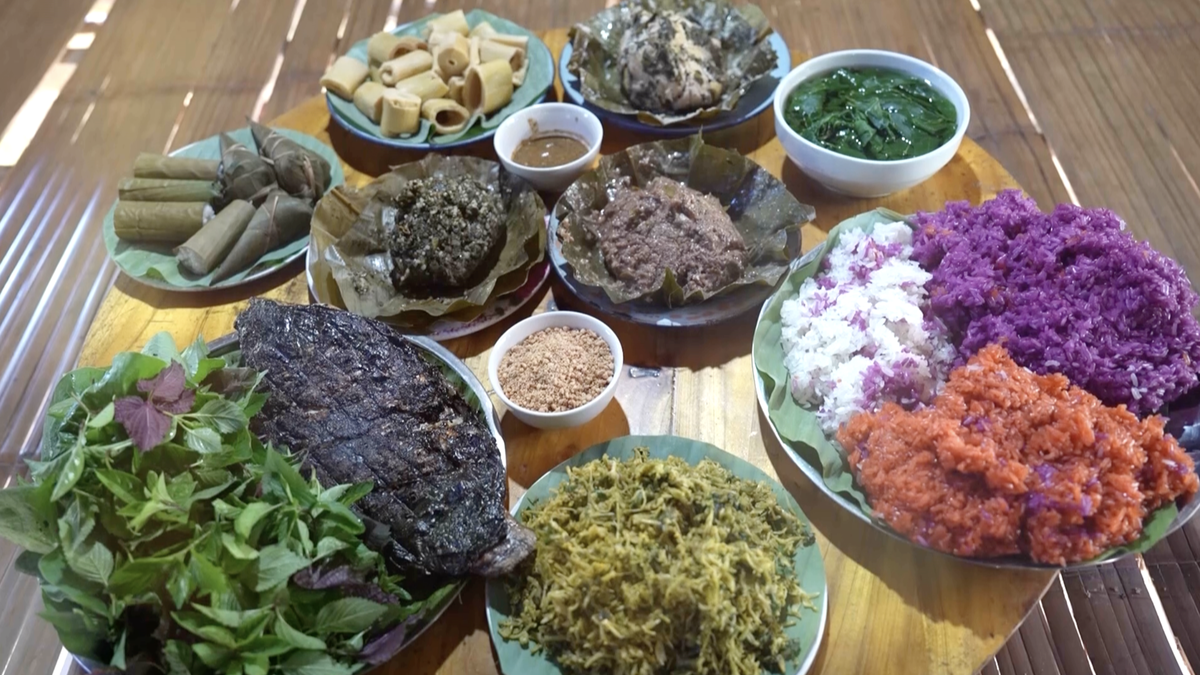












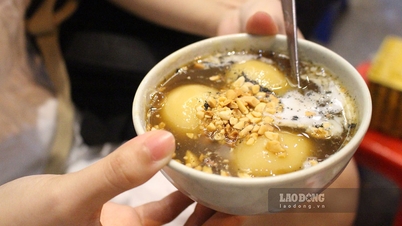













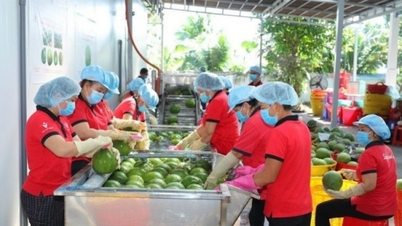

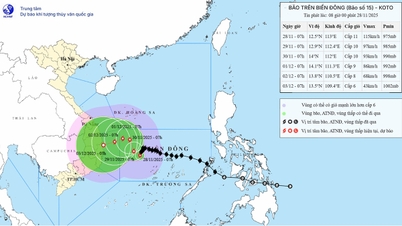


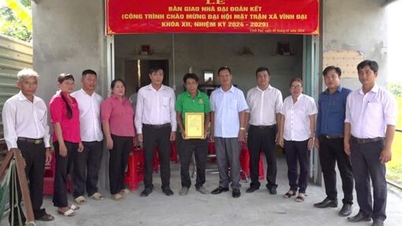
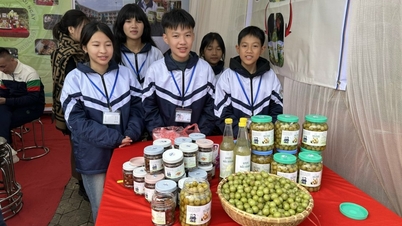








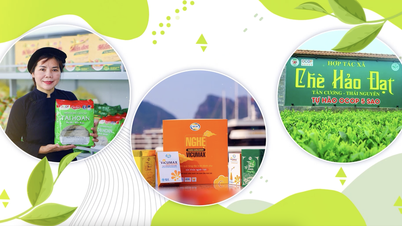





Comment (0)